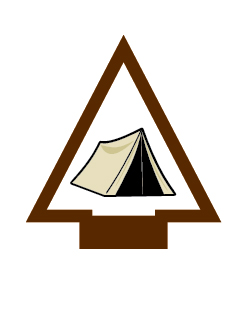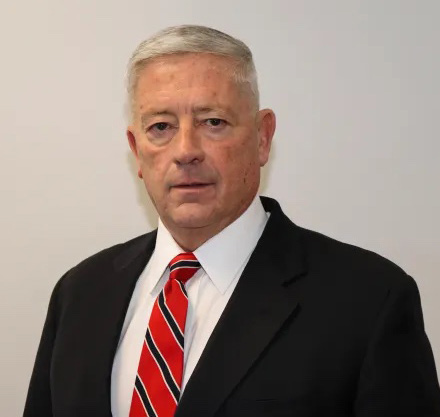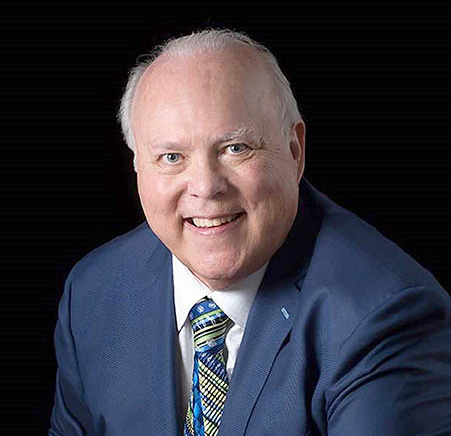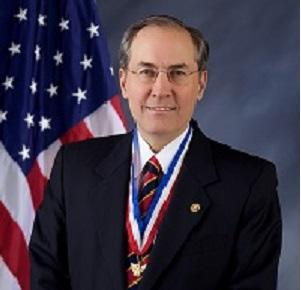Feedback
Feedback
Please provide feedback on your experience of this adventure or activity
Report Quality Assurance
If there are errors or issues with this adventure/ activity, please go to the Report Quality Assurance Page.
Adventure/Activity Feedback Form
This feedback helps identify things den leaders like and opportunities for improvement.
Campsite Setup
Print This Page
Arrow of Light – 5th Grade
Outdoor Adventurer
Outdoors
Required

Requirement 6
Campsite Setup
Arrow of Light – 5th Grade
Outdoor Adventurer
Outdoors
Required

Requirement 6
Campsite Setup
Snapshot of Activity
Cub Scouts set up their campsite.
Travel
5
5
5
If you want to know more about The Adventure Activity Key click here.
Supply List
- Campground reservations
- Individual Campout Checklist for Pack Overnighter
- Scout Basic Essentials
- BALOO trained adult leader
- BSA Health and Medical Record for every Cub Scout
- Activity Consent Form
- Camping gear
Directions
Before the campout:
- Become familiar with how to properly set up a campsite.
- A good campsite is more than a convenient place to sleep and eat. Its setting offers you safety and comfort and takes advantage of features like great views and natural windbreaks. Keep the following information in mind as you decide where to spend the night.
- ENVIRONMENTAL IMPACT The principles of outdoor ethics will help guide you as you select a campsite. Use established campsites whenever you can, or camp on durable surfaces — that is, surfaces that won’t be harmed by tents and footsteps. Good campsites are found, not made. If you must move a log, a few rocks, or anything else as you pitch your tents, return everything to its original location before you leave.
- SAFETY Pitch tents away from dead trees or trees with limbs that might fall in a storm. Stay out of ditches or depressions in the ground that could fill during a flash flood and other areas that could fill with water. (If you see debris caught in underbrush or if all the grass is bent over in the same direction, choose another site.) Avoid lone trees, the tops of hills and mountains, high ridges, and other targets of lightning. Camp away from hiking and game trails, especially in bear country. (Look for animal tracks and worn pathways that are too low or narrow for humans.)
- SIZE A campsite must be large enough for your Arrow of Light patrol to set up its tents and cook its meals in separate areas. Also, make sure there is enough space to move around without tripping over tent stakes and tent guylines.
- COMFORT In the summer, look for a shady site where breezes can help cool your tent and chase away mosquitoes. In the winter, find a site where trees and hillsides provide a natural windbreak. Regardless of the time of year, place your tent on the flattest spot possible. (If the ground slants a bit, sleep with your head uphill and the opening downhill.) Consider the sun as well; the morning sun will
- help dry out your tent, while evening sun can be uncomfortably hot in the summer.
- WATER Each Scout in your patrol will need several gallons of water every day for drinking, cooking, and cleanup. Treat water you take from streams, rivers, lakes, and springs. In dry regions, you might need to carry all your water to camp. That information will be important when you put together the trip plan.
- STOVES AND CAMPFIRES Where fires are not allowed, where wood is scarce, or when you want to prepare your meals quickly, plan on using a camp stove to heat water and cook food. As part of Scouting’s commitment to preserving the outdoors, stoves are the preferred method for cooking. Where fires are permitted, appropriate, and desired, look for a campsite with an existing fire ring. Only use wood that is dead, on the ground, and no larger around than your wrist. Never cut live trees. For more information on using stoves and campfires, see the Unit Fireguard Plan Chart, No. 33691.
- PRIVACY A Scout is courteous. Show respect by selecting campsites away from other campers. Trees, bushes, and the shape of the land can screen your camp from trails and neighboring campsites. Keep noise down so you won’t disturb nearby campers, and respect quiet hours at public campgrounds and Scout camps.
- PERMISSION Well ahead of the date of a camping trip, contact rangers or other managers of public parks and forests to let them know you’re coming. They can issue the permits you need and suggest how you can fully enjoy your campout. Get permission from owners or managers of private property, too, before camping on their land.
At the campsite:
- Walk around with Cub Scouts to assess the campsite. As you walk around point out possible locations for:
- Tent- a place that is flat, rock and sticks free, away from low hanging branches
- Kitchen and Eating Area- a place that is covered, has access to a table, flat, close to a water source for clean up
- Fire Pit- most campsites will have a predetermined fire pit. Locate this and make sure tents are a safe distance away
- Ask Cub Scouts to turn to the appropriate page on setting up a campsite.
- Have them go through the Requirement 6 information as a checklist to decide where they want to place their tent, kitchen and eating area.
- After Cub Scouts determine the best location, they are to set up the kitchen and eating area, before setting up their own tent.




